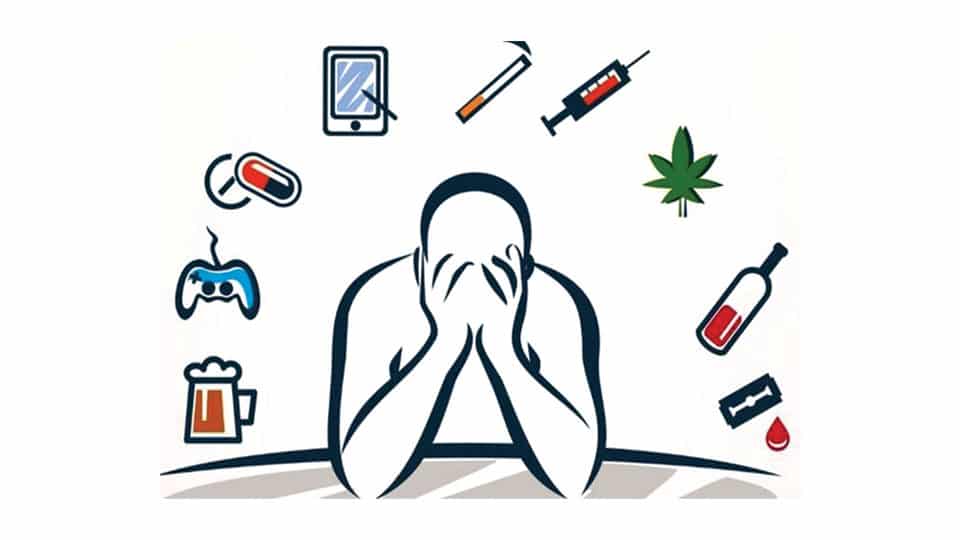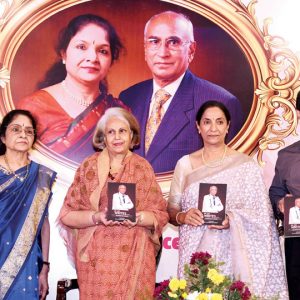By Sunita Menon, Psychotherapist – Specialised in CBT & Sex Therapy
In my practice I see more clients with behavioural addictions than chemical addictions. The definition of addiction is constantly evolving. DSM-5 (Diagnostic and Statistical Manual of Mental Disorders, Fifth Edition) has a chapter titled ‘Substance-Related and Addictive Disorders’ reflecting both chemical and behavioural addictions. The latest addition to this chapter being Gambling addiction. Other behavioural addictions include Internet Gaming, Social Media, Sex, Pornography and Cybersex, Love (an obsessive unhealthy preoccupation with a loved one), Non-suicidal Self-Injury, Food, Exercise, Work and Shopping.
The amount of time spent engaging in these behaviours isn’t the determinant to whether an addiction to a behaviour exists or not. There is this fine line between excessive and addictive. So the two necessary criteria required to label any behaviour as an addiction are: engagement in the said behaviour persisting for over a period of time and this engagement leading to distress, impaired functioning and harm to the individual. For example, a teenager spending 8-10 hours a day on internet gaming and being non-functional academically. Or an adult, shopping relentlessly and racking up huge credit card bills and loans that cannot be serviced anymore.
In Therapy we follow the 4 Cs of addiction model. Essentially it means checking in to see if the addictive behaviour is Compulsive, out of Control, with negative Consequences and with the presence of constant Cravings. Important to mention here the reward circuitry activated (neuroscience) in our brain when a behaviour is addictive. Rewards can be natural (biologically reinforced to promote survival) and not natural (learnt behaviours that are assigned values). Examples of the former would be drinking water to quench a thirst or eating food to satisfy hunger. And examples of not natural rewards would be behaviours that include gambling, winning a bet, getting on social media and many such. The neuro-transmitter involved with this process in the brain is Dopamine.
So every time our brain experiences a reward from a particular behaviour, it involves motivation (of wanting the ‘reward’), pleasure (of liking the ‘reward’) and learning (associating the ’reward’ with a positive effect, thereby assigning a value to it and then remembering the source). But do bear in mind that wanting and liking don’t necessarily need to go together. For instance, how many tobacco smokers have you heard saying that they want to give up smoking because they don’t enjoy it anymore but nevertheless smoke cigarettes constantly. So don’t blame it all on Dopamine.
Add to this, factors like a genetic predisposition, introduction to addictive behaviours during developmental stages of the brain (adolescence for instance), social networks, culture, personality traits and environment (trauma in childhood for example) further make us susceptible to behaviour addictions. We call it the bio-psychosocial factors — that come together to facilitate addictions.
So clients obviously believe that there is then a sense of inevitability to their addiction. ‘I’m wired this way, I can’t help it! It’s useless trying to get over it. I’ll surely slip back.’ As Therapists it becomes our job then to instil hope in them.
Neuro-plasticity is the magic word. Our brain is so amazing. It can change. We can make our neutrons actually ‘rewire’ themselves to function differently. And all it takes is addressing Negative Automatic Thinking (NAT) and learning new behaviours to form healthy habits. Consistency, discipline and patience is what therapeutic interventions will arm you with to mindfully make the change required.








Recent Comments